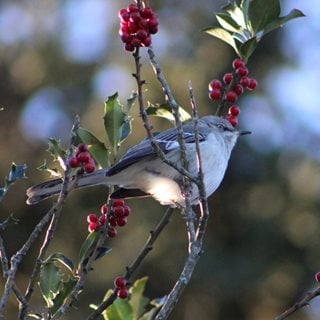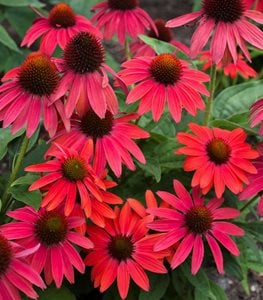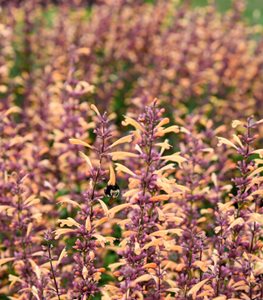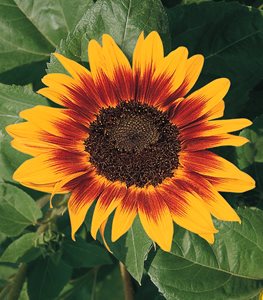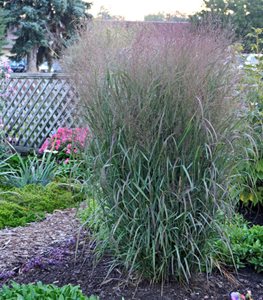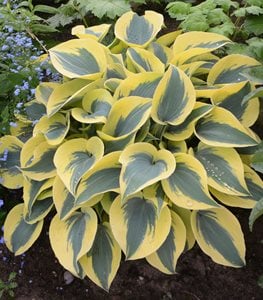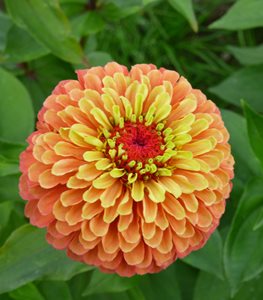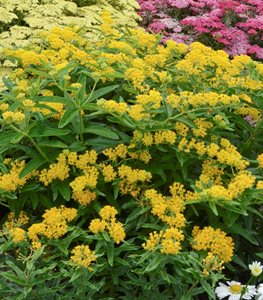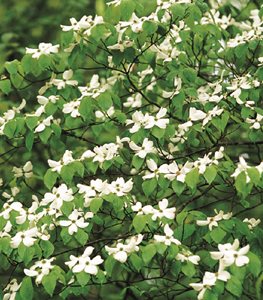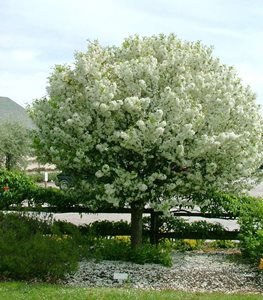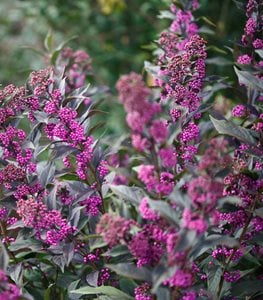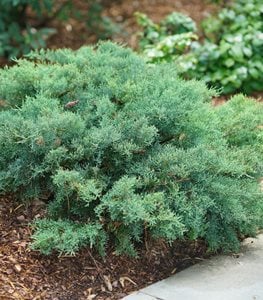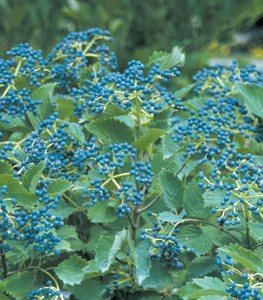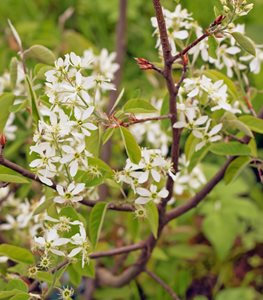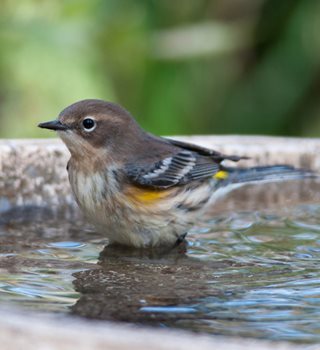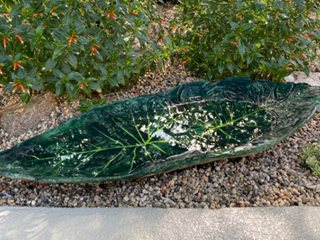Bird Garden Ideas: The Best Plants for a Bird-Friendly Garden
Turn your yard and garden into a mecca for birds by filling it with the plants, shrubs, and trees that they love.Birdwatching and gardening are hobbies that often (and should!) go hand-in-hand. Besides bringing beauty, movement, and melody to our gardens, birds play an important role by providing natural pest control and dispersing seeds. But have you ever wondered why birds seem to flock to some gardens while flying right past others?
The secret to attracting more winged visitors to your garden is to serve up an all-you-can-eat buffet of seed-, fruit-, and nectar-bearing plants that will keep them well-nourished throughout the year. In addition to giving birds the essential foods they crave, it’s also important to create a habitat that provides water, shelter, and nesting places.
Here are 15 plants that are a magnet for birds of all types, from hummingbirds to colorful songbirds, along with design tips for making your garden more inviting for your feathered guests.
On this page:ANNUALS & PERENNIALS FOR BIRDS
CONEFLOWEREchinacea spp. & hybrids
Plant type: Perennial
Zones: 3-9
Bloom time: Midsummer to fall
Height: 2 to 5 feet tall
Bird appeal: The food-rich seed cones that remain after Echinacea flowers fade keep birds nourished well into fall and are favorites of blue jays, finches, and cardinals. The dried cones also add interest to the winter landscape and help this native wildflower spread naturally by reseeding. Learn more about growing coneflower.
BLACK-EYED SUSANRudbeckia
Plant type: Perennial
Zones: 3-9
Bloom time: Late July until frost
Height: 10 inches to 7 feet, depending on the cultivar
Bird appeal: Like coneflowers, these late-summer bloomers are a great food source for a variety of seed-eating birds, including goldfinches, chickadees, cardinals, and white-breasted nuthatches. Although deadheading the spent blooms will keep the display going longer, leave some flowerheads on your plants as the season winds down so birds can partake of the seeds through fall and winter. Learn more about growing black-eyed Susan.
ANISE HYSSOPAgastache spp.
Plant type: Perennial
Zones: 3-10
Bloom time: Summer to early fall
Height: 1 to 6 feet tall
Bird appeal: Also called hummingbird mint, anise hyssop has long-blooming tubular flowers that attract hummingbirds in droves all summer long, as well as bees and butterflies. In the fall, leave the spent flowers in place. Once they dry, the tiny seeds will become a late-season feast for finches, sparrows, and other small songbirds. Learn more about growing anise hyssop.
SUNFLOWERHelianthus spp.
Plant type: Annual or perennial
Zones: 4-8 for perennial varieties
Bloom time: Summer to early fall
Height: Up to 16 feet tall
Bird appeal: Although all types of sunflowers develop seeds, annual varieties boast the largest blooms and huge seedheads that provide ample food for birds building up their reserves for migration. Sunflowers are also good at attracting insect pollinators that form an important part of a bird’s diet. Learn more about growing sunflowers.
HONEYSUCKLE VINELonicera spp.
Plant type: Perennial vine
Zones: 4-9
Bloom time: Spring through mid-summer, with some varieties blooming into autumn
Height: Climbs 10 to 20 feet
Bird appeal: Hummingbirds can’t resist the colorful, nectar-rich flowers of this fast-growing vine. In fall, the flowers are followed by bright red berries that will lure songbirds to your garden. A mature plant will also provide nesting materials and a place for birds to take shelter. Learn more about growing honeysuckle vines.
SWITCHGRASSPanicum virgatum
Plant type: Perennial
Zones: 3-9
Height: 3 to 7 feet
Bird appeal: This native ornamental grass produces airy seed plumes that persist well into winter, providing a lavish buffet for a variety of a seed-eating birds, including wetland birds, upland gamebirds, and songbirds. Because switchgrass forms large clumps that remain upright through winter, it also offers good cover for birds and other wildlife. Learn more about growing switchgrass.
HOSTAHosta spp. & hybrids
Plant type: Perennial
Zones: 3-9
Bloom time: Early to late summer, depending on the variety
Height: 6 to 48 inches tall; 1 to 6 feet wide
Bird appeal: Typically grown for their beautiful foliage, shade-loving hostas also have pretty tubular flowers that are a rich source of nectar for hummingbirds. If you leave the flower stalks in place after they bloom, they will eventually develop seed pods that are enjoyed by a variety of birds, including juncos, cardinals, and chickadees. Read more about how to grow hosta plants.
ZINNIAZinnia elegans
Plant type: Annual
Bloom time: Late spring until frost
Height: Up to 4 feet tall
Bird appeal: The brightly colored blooms of zinnia flowers are irresistible to hummingbirds and butterflies alike. After the flowers fade, leave a few of the spent blooms in place. Goldfinches are particularly fond of the seeds and will even pluck off the lingering petals to get a tasty snack. Read more about how to grow zinnia plants.
MILKWEEDAsclepias spp.
Plant type: Perennial
Zones: 4-8
Bloom time: Summer to early fall
Height: 2 to 5 feet tall
Bird appeal: Although milkweed is essential to the survival of monarch butterflies, many birds also rely on this tough native wildflower. The nectar-rich flowers attract a large variety of insects that are staples in the diet of many bird species. Once the plant goes to seed, the fluffy white fibers that carry the seeds aloft are used by birds to line their nests and insulate their winter roosts. Read more about how to grow milkweed plants.
SHRUBS & TREES FOR BIRDS
DOGWOODCornus spp.
Plant type: Deciduous tree or shrub
Zones: 2-9
Bloom time: Mid-March through May
Height: Shrubs 3 to 5 feet tall; trees 10 to 25 feet tall
Bird appeal: Although dogwood trees and shrubs are primarily grown for their showy white or pink flowers in spring, the plump red berries that follow in the fall are the main attraction for birds, providing sustenance throughout the winter. Though inedible to humans, dogwood berries are feasted on by at least 36 species of birds, including cardinals, bluebirds, juncos, and waxwings. Some birds will also build their nests on the plant’s horizontal branches. Learn more about growing dogwood trees and shrubs.
CRABAPPLEMalus spp.
Plant type: Deciduous tree
Zones: 4-8
Bloom time: Mid to late spring
Height: 15 to 20 feet; under 10 feet for dwarf and semi-dwarf varieties
Bird appeal: Offering a combination of edible fruit and fragrant flowers, the crabapple is a great addition to a bird-friendly garden. The brightly colored fruit, which ripens in late summer to midfall, attracts nearly 30 avian species, including robins, blue jays, cedar waxwings, and woodpeckers. In spring, the intoxicating flowers beckon hummingbirds to sip their nectar. Learn more about growing crabapple trees.
BEAUTYBERRYCallicarpa
Plant type: Deciduous shrub
Zones: 5-9
Bloom time: Late spring to mid-summer
Height: 3 to 8 feet
Bird appeal: As the name suggests, beautyberry bears abundant clusters of striking bright purple berries that are as eye-catching to birds as they are to us. The fleshy berries, which are actually drupes, or one-seeded fruits, are on the fall menu of more than 40 species of songbirds. Learn more about growing beautyberry shrubs.
JUNIPERJuniperus spp.
Plant type: Evergreen tree, shrub, or groundcover
Zones: 2-10
Height: 6 inches to 130 feet tall; 1 to 25 feet wide, depending on variety
Bird appeal: Not only are junipers an abundant source of berries for songbirds and other wildlife, their dense branches provide much-needed shelter for bird species that overwinter in colder climates. In spring, songbirds will often build their nests deep within the branches. Learn more about growing juniper trees and shrubs.
VIBURNUMViburnum spp.
Plant type: Deciduous or evergreen shrub
Zones: 2-11
Bloom time: Spring to early summer
Height: 3 to 20 feet tall
Bird appeal: In addition to their lovely flower clusters in the spring, viburnums produce an abundance of colored berries that birds love to graze on in winter. Different varieties of viburnum offer different berry colors, including yellow, red, pink, and blue, so they appeal to a variety of bird species. The dense foliage also creates a canopy that shelters the nests of smaller songbirds. Learn more about growing viburnum shrubs.
CANADIAN SERVICEBERRYAmalanchier canadensis
Plant type: Deciduous tree or large shrub
Zones: 4-8
Bloom time: Mid-spring
Height: 15 to 30 feet tall
Bird appeal: Also called juneberry, this North American native is loaded with sweet blueberry-like fruits in early summer that are sought after by over 35 species of birds, including cedar waxwings, robins, catbirds, thrushes, and Baltimore orioles. Not only do birds relish the edible berries, the showy white flowers that bloom in spring attract insects that birds also rely on for nourishment. Learn more about growing serviceberry trees.

7 TIPS FOR A BIRD-FRIENDLY GARDEN
- Choose native plants. Planting a native garden is not only a great way to make your yard more appealing to birds and other wildlife, it also reduces the resources needed to keep your garden lush and healthy. While you don’t need to plant natives exclusively, include at least a few that are brimming with the berries, nectar, and seeds that local birds need to sustain them throughout the year. Find the best plants for the birds in your area using the National Audubon Society’s native plant database.
- Provide a banquet of berries. Berry-producing shrubs and trees are a naturally occurring food source for many birds, and with good planning, can feed them from midsummer well into winter. To appeal to the diet preferences of a variety of birds, include plants that offer berries in different colors and sizes. See Berries for Year-Round Color.
- Be diverse. Variety is the key to creating a backyard haven that birds will return to again and again. “Different species of trees, shrubs, flowers, and plants attract specific birds; the more variety your garden has, the more likely you are to spot an interesting or rare bird up close,” says Rachael Lanicci, author of Garden Secrets for Attracting Birds. It’s also important to choose plants that fruit or go to seed at different times of year, so birds are assured of a continuous food supply.
- Plant in layers. Natural areas tend to have vertical layers that provide something important to different bird species, according to the Morton Arboretum. Some birds prefer the canopy of tall trees, others perch in understory trees, and many build nests in shrubs or find shelter in vines and groundcovers. In your own backyard bird refuge, include as many of these layers as possible by including plants, shrubs, and trees of different heights.
- Avoid the use of pesticides. Insects are the primary source of food for many bird species and are critical for feeding their young. In addition, many pesticides contain chemicals that can be toxic to birds and other wildlife.
- Give them shelter. Not all birds fly south for the winter. There are many non-migratory birds, such as blue jays, woodpeckers, and chickadees, that rarely stray far from one area. To help these homebodies stay warm during harsh winters, create natural roosting sites by building brush piles and allowing protective plant thickets to develop. Dense evergreens, such as junipers and arborvitae, can also provide essential protection. Adding a few birdhouses is another simple but effective way to provide shelter during the winter and safe nesting sites in the spring.
- Provide water year-round. Birds depend on water for drinking, bathing, and staying cool. But during periods of drought or during the winter when ponds and puddles are frozen, a birdbath can be a vital source of water. If you’re buying a birdbath for the first time, choose one that has a shallow bowl with a depth of 2 to 3 inches so birds can take a sip without getting drenched. Or you can make your own simple birdbath using a cake pan or flower-pot tray (follow these easy DIY instructions from the National Audubon Society). To keep the water from freezing in winter, consider buying a thermostatically controlled birdbath heater.
DIY: COLOCASIA LEAF BIRD BATH
See how to make this beautifully textured concrete bird bath using large colocasia leaves as a mold.
RELATED:
24 Hummingbird Flowers
25 Butterfly-Garden Plants
How to Make a Butterfly Garden
The Best Perennials for Pollinators
20 Fragrant Flowering Plants
